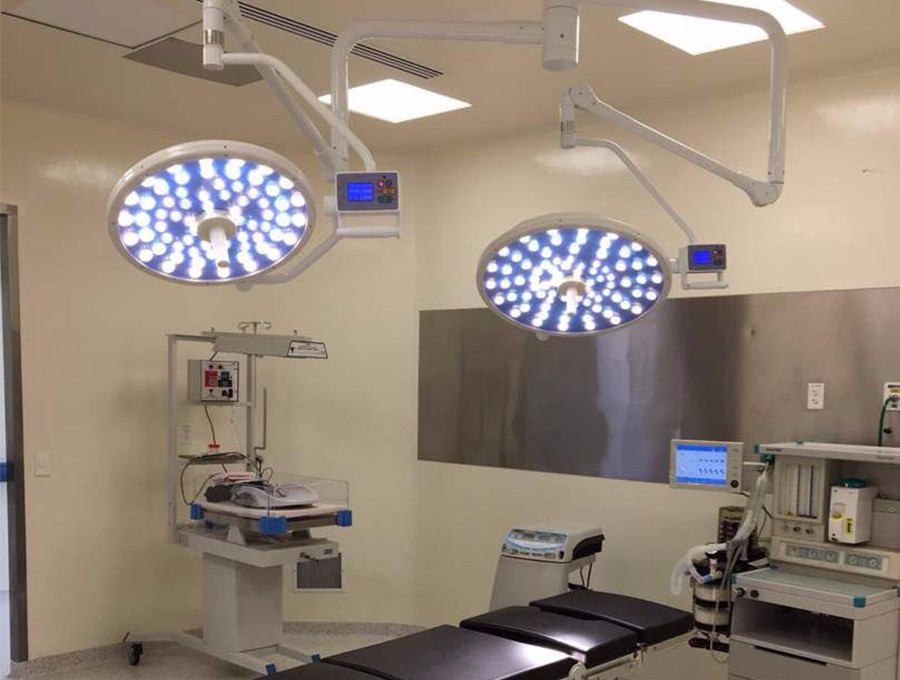Operating tables and lights play a vital role in any surgical procedure. Without proper operating tables and bright lighting, surgeons would not be able to perform complex surgeries safely and effectively.
The Importance of Operating Tables
Operating tables are designed to provide surgeons with an ergonomic workspace where they can easily access the surgical site and maneuver equipment and tools. Some key aspects that make operating tables important include:
Comfort and Positioning: Operating tables are designed to position patients in a way that gives surgeons optimal access to the surgical site. Tables allow adjustments to tilt, flex, rotate and change height as needed during surgery. This ensures patients remain safely positioned while providing surgeons ease of access.
Multi-Functional Design: Modern Operating Tables and Lights come equipped with features like detachable table extensions, armboards, leg supports and overhead booms that hold surgical tools and equipment. This multi-functional design enables various types of surgical specialities to be performed on the same table with efficiency.
Radiolucency: Some operating tables like those used in image-guided surgeries and interventional radiology procedures are made of carbon fiber and other radiolucent materials. This allows clinicians to see internal images from CT scans and fluoroscopy during procedures without table parts blocking the images.
Advancements in Operating Tables
Technology is constantly improving operating tables with new ergonomic designs, powered movements and integrated surgical assists. Some of the latest advancements include:
– Tables with built-in powered motors that allow precise tilting, flexion and rotating movements through a multi-touch control panel located near the surgeon. This gives surgeons smooth and ergonomic control of positioning.
– Tables integrated with surgical microscope and imaging equipment mounts for specialties like neurosurgery, spine surgery etc. This enables one-touch switching between surgical tools and imaging without disrupting sterile protocol.
– Tables with in-built channels for routing surgical instruments, endoscopes, cables and wires in an organized manner to prevent tangling and keep the workspace clutter-free.
– Tables being developed with sensor technology that tracks patients vital statistics like pulse, temperature, respiration and sends alerts if any parameter crosses the safe threshold. This enhances patient monitoring capabilities.
With more operating tables integrating advanced robotic features, augmented reality guidance, intra-operative imaging and artificial intelligence in the coming years, surgical outcomes have much potential for improvement.
The Need for Operating Lights
No surgical procedure, regardless of specialty or complexity, can be effectively performed without the use of operating lights. Some key reasons why operating lights are essential include:
– Illumination of Surgical Field: Operating lights provide bright shadowless illumination of the surgical field, allowing surgeons to clearly visualize internal anatomy, surgical instruments and procedural steps.
– Adjustability: Operating lights have adjustable light heads and intensity controls to direct intense illumination precisely where needed without interfering with each other. Lights also flex and rotate as per surgeon preference.
– Magnification and Cameras: Operating lights are often mounted with cameras, loupes or surgical microscopes for enhanced visualization and magnification depending on the specialty.
– Sterility: Lights have sterile handle covers and fittings to maintain sterility in the operating room without compromising maneuverability.
– Dual Lights: It is standard practice to have two operating lights positioned from opposite sides of the surgical field to eliminate shadows and compensate for light falloff.
Optimal Lighting is Vital
Proper lighting technology is needed to safely perform surgeries varying from minimally invasive endoscopic procedures to complex multi-organ transplants. Some key technologies augmenting lighting include:
– LED Lights: LED technology provides excellent color rendering, is energy efficient and casts minimal heat into the surgical field compared to halogen bulbs.
– Camera-Integrated Lights: Lights are integrated with HD camera systems allowing surgeons to conduct telemedicine and take tridimensional photographs intra-operatively for records and presentations.
– Light Inputs for Microscopes: Operating lights have inputs compatible for directly lighting the surgical field being viewed through advanced microscope optics during microscopy-assisted procedures.
– Light Wavelength Adjustment: Ability to adjust lighting from cool to warm color temperature and enhance specific wavelengths aids visualization of tissues, bleeding and use of fluorescent imaging agents.
With continuing technology enhancements optimizing visualization, lighting promises to bring more minimally invasive procedures, shortened learning curves and improved safety and accuracy in the OR.
*Note:
1. Source: Coherent Market Insights, Public sources, Desk research
2. We have leveraged AI tools to mine information and compile it


